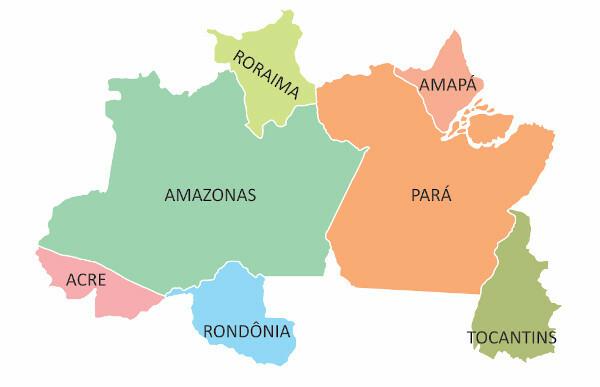THE Tietê-Paraná Waterway it consists of a navigation route that connects the South, Southeast and Center-West regions of the country, along the Paraná and Tietê rivers. In places with uneven levels, dams were built to level the water.
This waterway is extremely important for the flow of grains from the states of Mato Grosso, Mato Grosso do Sul, Goiás and part of Rondônia, Tocantins and Minas Gerais.
Waterway transport is very economically viable, especially in relation to road transport, which is the most widespread in the country, but has a high cost per ton due to its maintenance.
Given this feasibility and also the extensive hydrographic network, some governments have recently shown to be favorable to the implementation of this type of transport and have been directing some investments to that sector. To establish a waterway, major engineering works are needed, since not all points of a river are navigable, so it is often necessary to build locks and channels.
The Tietê-Paraná waterway has an impact on MERCOSUR, as the flow of goods, agricultural products and people to neighboring countries takes place through the route in question.
Do not stop now... There's more after the advertising ;)
Within this context, there is the prospect of expanding the waterway, connecting Tietê-Paraná to the Paraguay River, however, during dry periods, several points on the river do not offer conditions for the navigation of large vessels. To solve the problem, it is necessary to apply techniques that provide the lowering of the bed of the Paraguay River, between Corumbá and Cáceres, with the aim of unlinking this existing barrier in the waterway.
The economic viability is positive, however, according to several technicians from related areas, the execution of an enterprise with such features promotes huge damages of an environmental nature, which compromise one of the richest ecosystems in the world, the wetland.
According to the technicians, such changes would subject the wetland to interrupt the process that occurs during periods of floods, when the entire region is flooded, the end of this dynamic would put the biodiversity of this ecosystem at risk, not to mention the pastoral production that would be impaired.
By Eduardo de Freitas
Graduated in Geography
Would you like to reference this text in a school or academic work? Look:
FREITAS, Eduardo de. "Tietê-Paraná Waterway"; Brazil School. Available in: https://brasilescola.uol.com.br/brasil/hidrovia-tieteparana.htm. Accessed on July 27, 2021.


